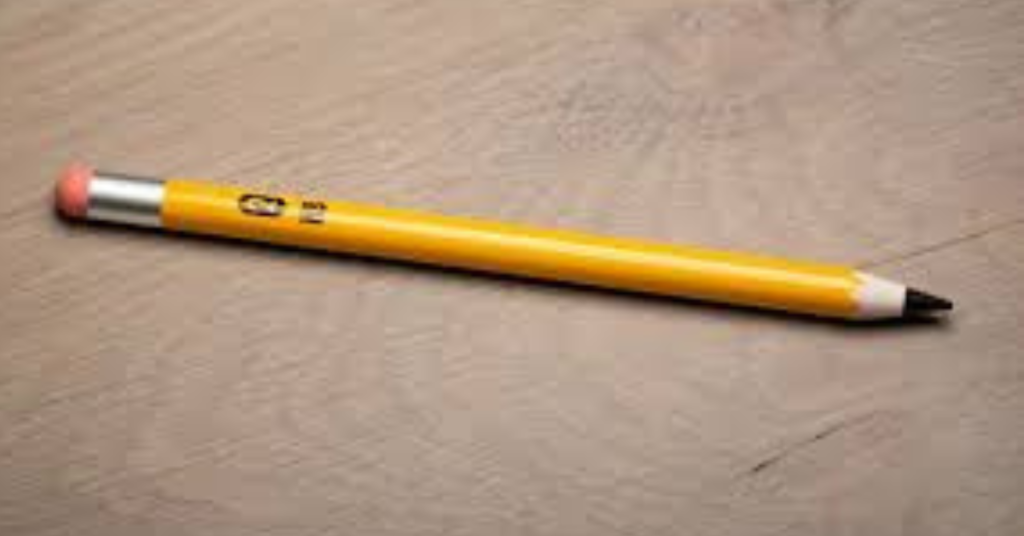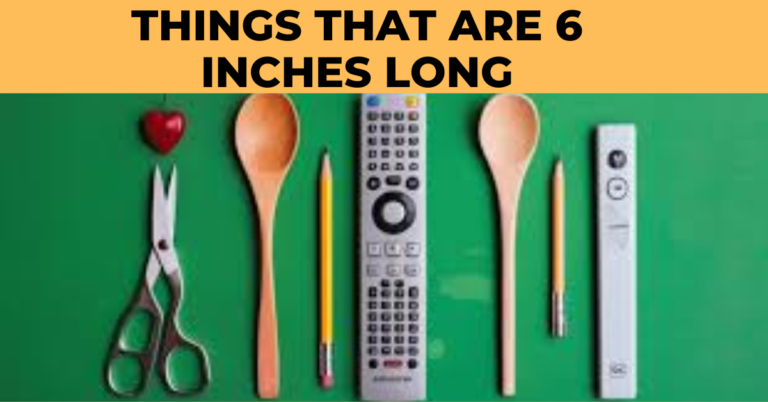Seven inches might seem small. It’s more common than you think. It shows up in various places. Knowing this size can be surprisingly useful.
I’ve often needed a clear idea of this dimension in everyday situations. Whether choosing a butter knife or fitting a salad plate, knowing this size is helpful; that’s why I decided to explore this topic and share what I’ve learned.
We’ll look at how long this dimension is and convert it into centimeters. We’ll also compare it to everyday objects. Finally, we’ll look at eight common items to help you grasp them better.
How Long Is 7 Inches In Cm?
Seven inches is just over half a foot. While it might seem small, this length is more common than you think. It’s like many everyday items, making it useful to know.
Understanding that 7 inches equals 17.78 cm can be practical. Comparing kitchen tools or small items with this makes it quick and easy. It’s handy for shopping or estimating dimensions without a ruler.
How Long Is 7 Inches Compared to an Object?
Seven inches is a common length and can be easily compared to everyday objects. For instance, a standard butter knife is typically about this long. This provides a clear reference.
A small paperback book often has a height of about this. It gives a clear idea of the measurement. These comparisons help put things into perspective. They make it easier to grasp what this measurement looks like.
What does 7 inches look like
A small paperback book is typically around this height. This helps you understand what this measurement looks like. Many novelty items, like small toys or souvenirs, are often about this length.
A stack of paper clips placed end to end can also approximate this. Using these references provides various points of comparison. This makes it easier to grasp what this measurement is.
8 Common things that are 7 Inches long
Butter Knife:
A standard butter knife measures about 7 inches. This site helps you gauge how long this measurement is. Its size is practical for spreading butter or other condiments on bread.
This knife is also practical for handling and storage. Its familiar size can help you understand this measurement in other contexts. It’s a common object that aids in comparing similar dimensions.

Paper clips:
A standard paper clip measures around 1.2 inches. When you line up six paper clips end to end, they reach about 7 inches.
This arrangement provides a straightforward way to grasp this measurement. Comparing it to the total length of paper clips makes it clearer. This method is useful for quick reference when understanding a similar dimension.

Debit or Credit Cards:
Debit or credit cards usually measure about 3.4 inches in length. Place two cards side by side to get a rough idea of the size. This arrangement helps you gauge the measurement easily.
This method offers a clear and practical reference. Using the cards helps to understand the size. This comparison is useful for quick and easy estimates.

Salad Plates:
Salad plates generally have a diameter of about 7 inches. This size is ideal for serving side dishes or smaller portions of food.
The diameter of a salad plate helps gauge this measurement. It provides a clear reference for understanding the size. Comparing objects to a salad plate’s diameter helps you see what it looks like. This makes it easier to grasp the size. This comparison is handy in both kitchen and dining contexts.

Golf Balls:
A standard golf ball measures about 1.68 inches in diameter. To reach 7 inches, you would need to line up four golf balls.
This method provides a clear visual reference. It helps you understand the size by comparing it to the dimensions of a familiar item. Golf balls are a practical tool for quickly gauging this measurement.

Wooden Pencil:
A standard wooden pencil measures approximately 7 inches. This makes it a practical reference for understanding this size.
The pencil’s familiar length helps you easily grasp the dimension. Its common use and consistent size make it a reliable comparison for other objects. This common item offers a straightforward way to picture this measurement.

Crayons:
Crayons are typically about 3.5 inches long. To make up 7 inches, you would need to place two crayons end to end.
This comparison helps you understand the measurement effectively. Crayons are common and recognizable, making them a useful reference. By lining up two, you can easily grasp the size practically.
Coins:
A standard US quarter is about 1 inch in diameter. Arrange seven quarters in a row to get a clear idea of the size.
This approach gives you a clear idea of the length. Coins are familiar and easy to use as a reference. Lining up seven quarters provides a clear sense of the size. This simple arrangement helps you understand the measurement easily.
Novelty Items:
Novelty items come in different sizes. Some, like small toys or keychains, are about 7 inches long.
These objects are familiar and easy to measure. By looking at their size, you can better understand this measurement. This comparison offers a practical way to gauge it. It provides a simple and effective comparison.

Conclusion:
Understanding this measurement can be very practical in everyday situations. Whether picking kitchen tools or checking fit, knowing this helps. By comparing it to common objects, you can clearly understand how long it is.
We explored items like butter knives, golf balls, and crayons. These examples make it easier to compare and understand this size.
Next time you need an estimate, use these familiar objects for quick comparisons. This will help in daily tasks and make things more intuitive.
Read more: Things That Are 80 Feet Long

